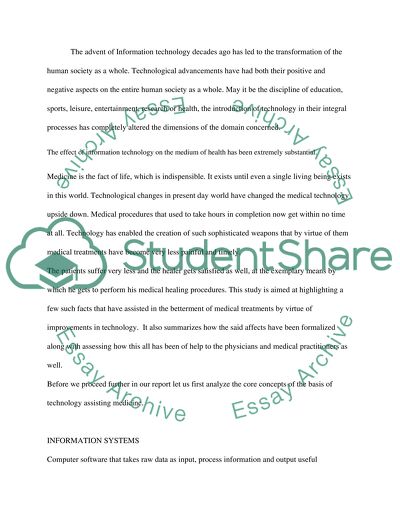Cite this document
(“Decision Support Systems in Medicine Research Paper”, n.d.)
Retrieved from https://studentshare.org/information-technology/1393265-decision-support-systems-in-medicine
Retrieved from https://studentshare.org/information-technology/1393265-decision-support-systems-in-medicine
(Decision Support Systems in Medicine Research Paper)
https://studentshare.org/information-technology/1393265-decision-support-systems-in-medicine.
https://studentshare.org/information-technology/1393265-decision-support-systems-in-medicine.
“Decision Support Systems in Medicine Research Paper”, n.d. https://studentshare.org/information-technology/1393265-decision-support-systems-in-medicine.


